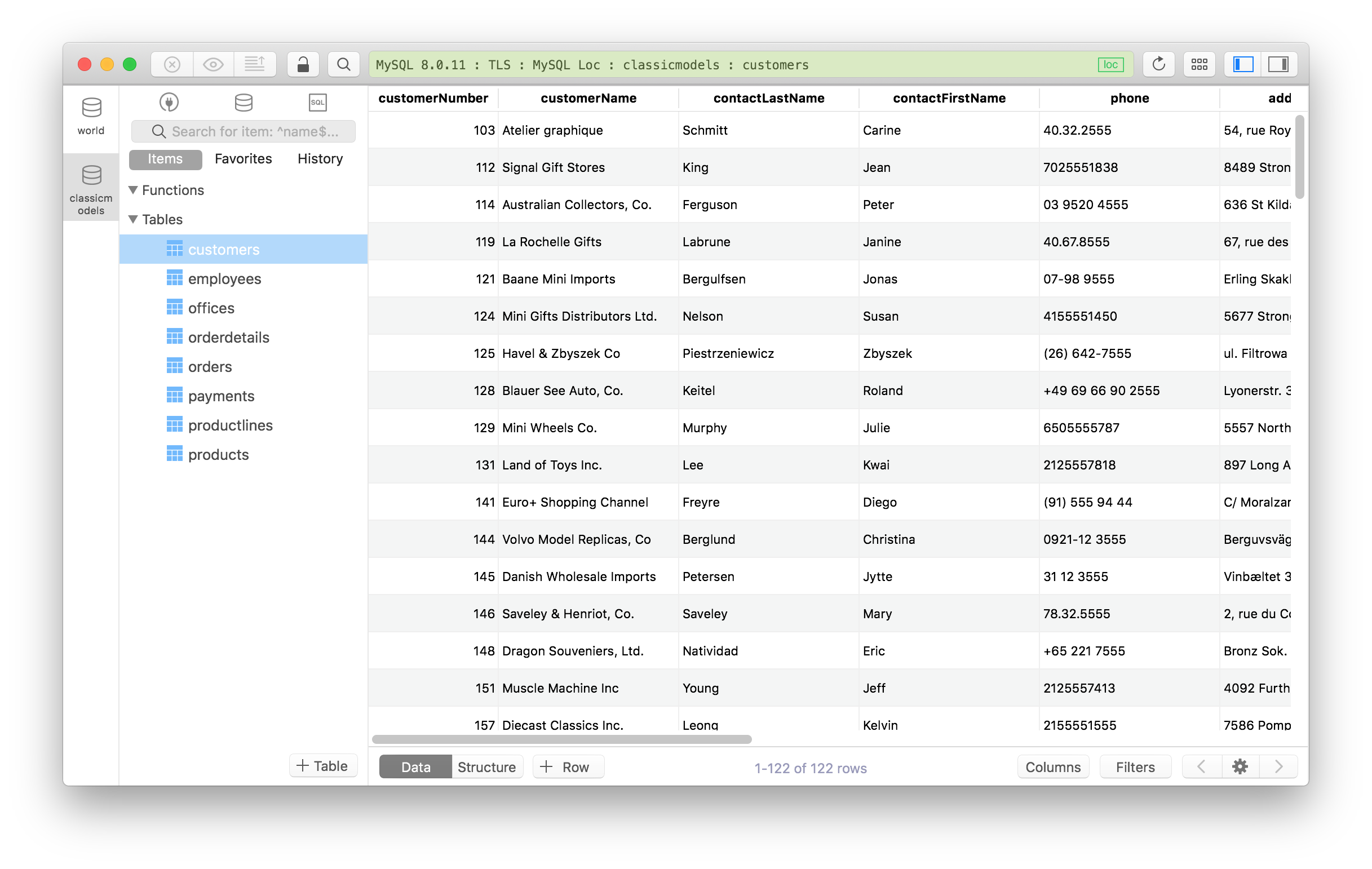

It also has great automation features with Python-based text filters and the ability to run user-defined scripts on selected text or the entire document. Of course, it has all the usual things you’d expect in a good text editor from column selection and multiple cursors to syntax highlighting, cold folding and snippet management. You’ll only want to pay for it if you find the extra features are things you need (or you want to support the developer’s good work!).īBEdit has lots of useful features, like easy diffing, multi-file search, line processing, grep and project workspaces, to name a few. I say ‘polite’ because there are no nags or reminders once you’ve passed the initial “trial” stage during which time all the extra features are enabled. This Mac-specific text editor comes in a free version with no time restrictions, and offers a polite upsell for the extra features if you want them. Atom, Brackets, and Sublime are all available on Apple’s desktop platform, but if you haven’t picked a favorite yet, then I’d recommend BBEdit from Bare Bones software. Nothing causes more controversy than a debate on “which is the best text editor”, so let’s get this one out of the way early! If you already have a favorite text editor you’ll hopefully find it’s already available on macOS. The price and feature set are otherwise comparable. It’ll also run Windows and Linux guests just as well as VMWare. Although VMWare Fusion runs macOS guests perfectly well, I find Parallels has somewhat smoother graphics performance. If you’re primarily interested in running Mac VMs on a Mac host, my personal recommendation is Parallels. Oracle’s VirtualBox is a capable alternative if you’re looking for free, but has some serious limitations, such as no snapshot feature. VMWare is probably the most well-known commercial virtualization product out there, and of course it has a Mac version, called Fusion. If you’re planning on doing any kind of investigation into Mac malware, want to set up a lab for attacking Mac clients or simply want to investigate macOS internals with System Integrity Protection turned off, then you’re going to need to set up some VMs (Virtual Machines), and for that you need some good virtualization software.

Most are free or inexpensive, and all are tools that I use on a regular basis. In this post, I cover some of the essential tools that will help you with security-related work on macOS, from text editors and process monitors to disassemblers and networking tools.

Are you relatively new to the Mac platform and wondering what kind of tools are available for security research, malware analysis, reverse engineering and Mac infosec in general? While Macs share a heritage with Linux and thus have many common tools (although often with different implementations), there is also a whole bunch of macOS specific tools that you might not be aware of yet.


 0 kommentar(er)
0 kommentar(er)
